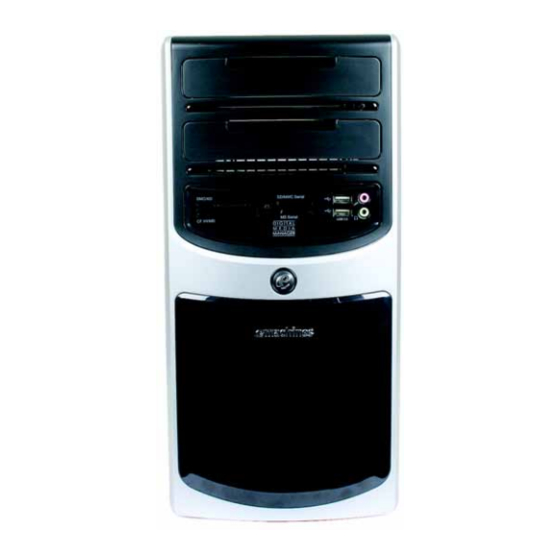
eMachines eMachine 3 User Manual
Gateway desktop pc user guide
Hide thumbs
Also See for eMachine 3:
- Reference manual (134 pages) ,
- Quick setup (1 page) ,
- Starter manual (24 pages)
Table of Contents
Advertisement
Advertisement
Table of Contents










Need help?
Do you have a question about the eMachine 3 and is the answer not in the manual?
Questions and answers